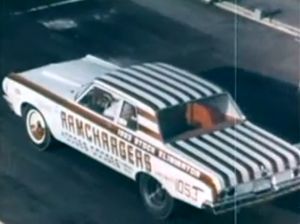 The Ramchargers were essentially a group of Chrysler engineers who got together several times a month to work on their project cars and go racing. What the group evolved into, and their contributions to the sport of drag racing, have become the stuff of legends.
The Ramchargers were essentially a group of Chrysler engineers who got together several times a month to work on their project cars and go racing. What the group evolved into, and their contributions to the sport of drag racing, have become the stuff of legends.Drag racing has always been a sport that is driven forward by enthusiasts. In the late 1950’s when drag racing was just starting to get popular, a group of young Chrysler engineers formed a car club to help each other with their personal car projects and race cars. They called themselves the Ramchargers. Little did they know that they would soon be forever linked to the drag strip dominance of Mopars throughout the 1960s. In this 2003 episode of SPEED’s American Muscle Car, we get to hear the story of the legendary Ramchargers from the guys who actually lived it.
During the day, they all had their own engineering jobs at Chrysler – mostly as engine builders and fuel system specialists. But on the weekends, they put their collective automotive expertise into making cars quicker down the drag strip. The Ramchargers’ first group project car was an odd-ball 1949 Plymouth. The car was dubbed “High and Mighty” thanks to its jacked up stance to help with weight transfer. High and Mighty may have looked goofy, but there was nothing funny about its performance. In fact, the car set the speed record for its NHRA class the first time it ever ran down the track, and gained the Ramchargers a great deal of attention from the racing world.
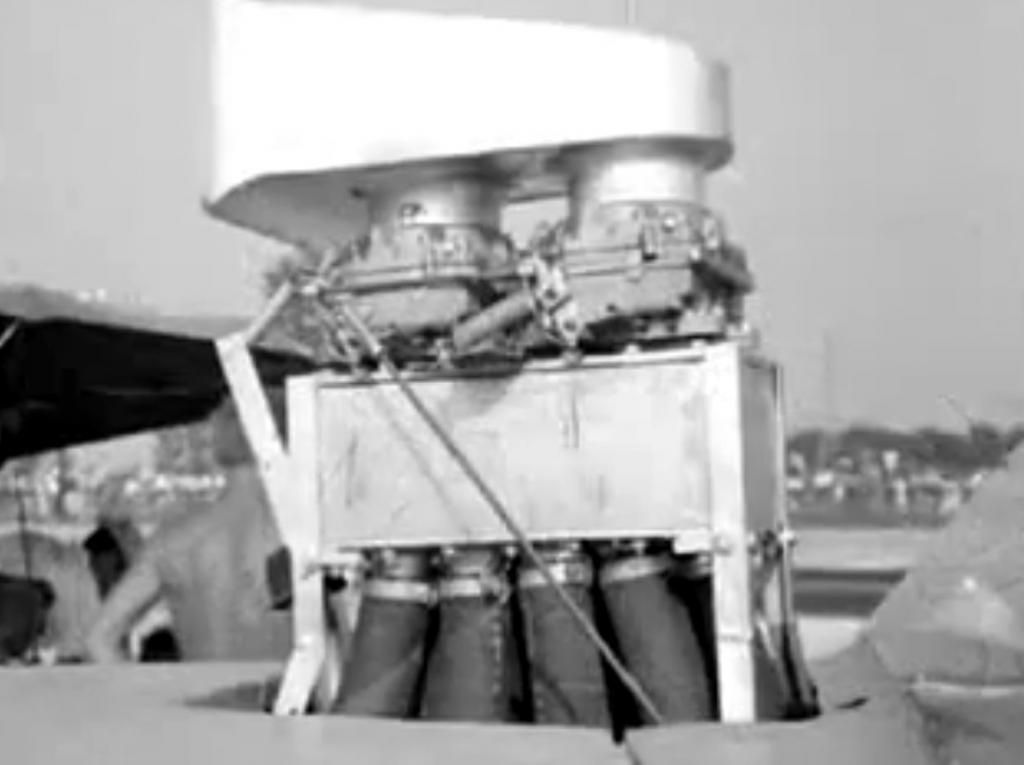
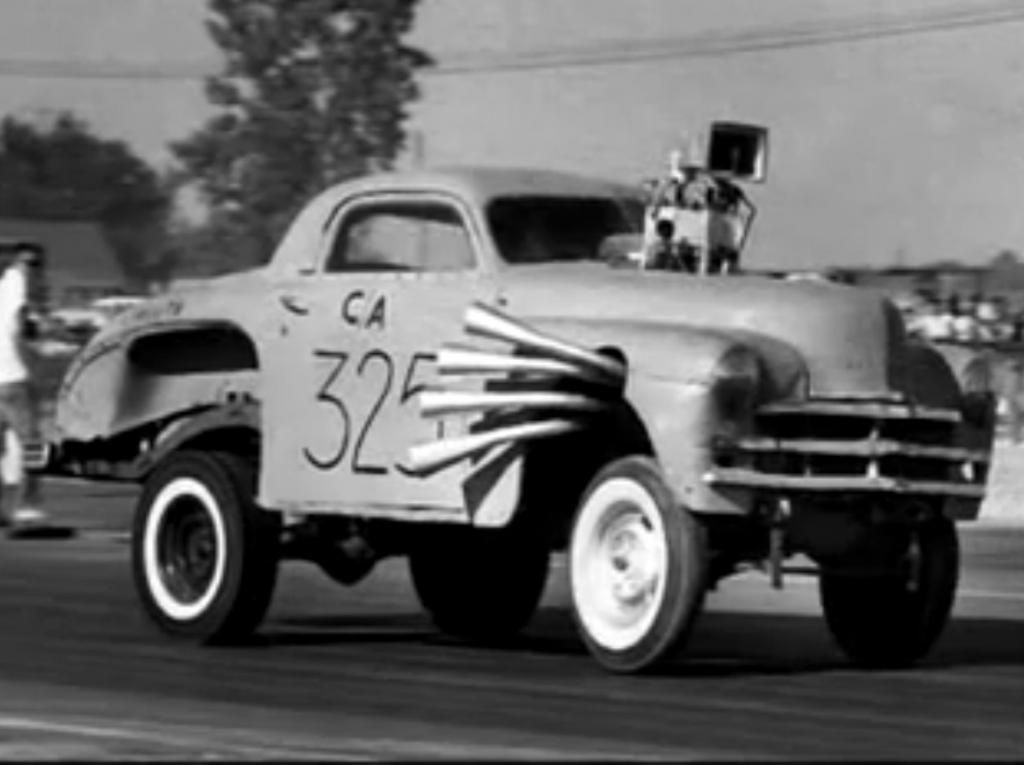 As strange as it may have looked, the Ramchargers' High and Mighty featured numerous ground-breaking racing advancements we might take for granted today. For example, it had the first ever tunnel-ram intake manifold.
As strange as it may have looked, the Ramchargers' High and Mighty featured numerous ground-breaking racing advancements we might take for granted today. For example, it had the first ever tunnel-ram intake manifold.“I had already read about the Ramchargers in Hot Rod Magazine before I went to work at Chrysler, and I started in February of 1960,” says Jim Thornton, a future President of the Ramchargers. “The second assignment I had, I went to a group in the engine lab, and there were two people in the engine lab that were Ramchargers. I thought I had died and gone to heaven. They invited me to go to one of the meetings, and later to join the club.”
 The first time the Ramchargers recieved any factory support, it came in the form of a 1961 Dodge for them to build into a drag car.
The first time the Ramchargers recieved any factory support, it came in the form of a 1961 Dodge for them to build into a drag car.Until this point, the Ramchargers efforts on the drag strip had been funded entirely out of their own pockets. Finally in 1961 their bosses at Chrysler started to take notice of their success, and supplied them with their own factory race car. Then in 1962, Chrysler got serious about racing, and unveiled the Max Wedge Cars; 3,200 pounds, 413ci, 13.5:1 compression, dual Carter cabs on an aluminum intake manifold. As homage to the team that had gained Chrysler its reputation as the go-to brand for drag racing, they called the new engine the “Ramcharger 413”.
The result was that the 1963 Stock and Super Stock classes were dominated by the powerful Max Wedge cars, and Chrysler refused to rest on its success. Instead, the company upped its game yet again with the help of the Ramchargers, and developed the solid-lifter “Superstock 426” engine. This same year, the Ram Chargers won the Winter Nationals, US Nationals, and took the top two spots at Indy – all while they were still working full time day jobs on top of their booming race team.
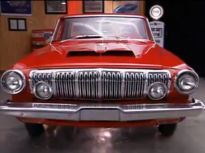
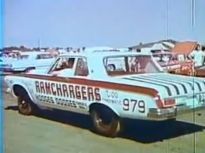
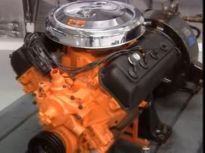 The first Max Wedge cars paid tribute to the Ramchargers with their 'Ramcharger 413' engine. Later the Ramchargers would also be involved with the development of the beastly Hemi.
The first Max Wedge cars paid tribute to the Ramchargers with their 'Ramcharger 413' engine. Later the Ramchargers would also be involved with the development of the beastly Hemi.When 1964 rolled around, Chrysler saw the need to build yet another new engine to keep them at the top of the professional racing food chain. Tom Hoover had redesigned the Chrysler Hemi mostly for use in NASCAR, and it would yet again be the Ramchargers who found the best way to dial it in and make it work in a drag car.
With the introduction of the new Hemi, power was absolutely not the problem. The issue was now finding enough traction to put all the power to use. So, in 1965 the Ramchargers once again put their engineering backgrounds to work, and found that if they moved both the front and rear wheels forward they would get much better weight transfer, and subsequently better traction. Thus, the altered wheel-base Chryslers were born. They were called the “Factory Experimental cars”, but to fans at the drag strips they were simply known as the “funny looking cars” or “funny cars.”
By 1966 the Ramchargers were campaigning both an AFX Dodge Coronet and a top fuel dragster. They were receiving some help from the factory, but they were still paying for most of their ever-increasing racing expenses with their own money. So, it was around this time that they got into running match races all around the country.
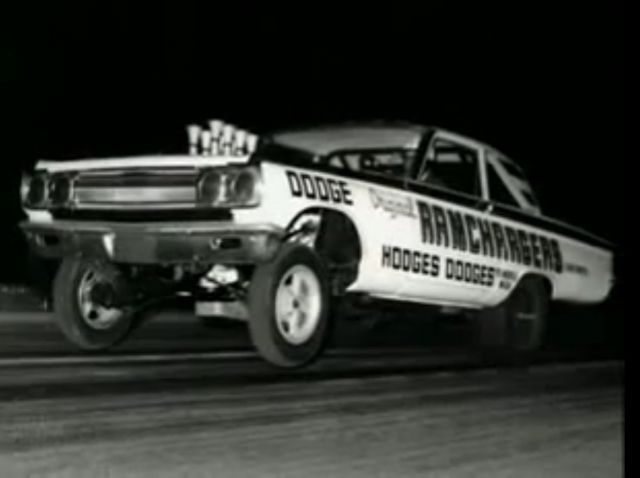 The Ramchargers were the pioneers of the altered wheel base drag cars that became all the rage in the mid-1960s.
The Ramchargers were the pioneers of the altered wheel base drag cars that became all the rage in the mid-1960s.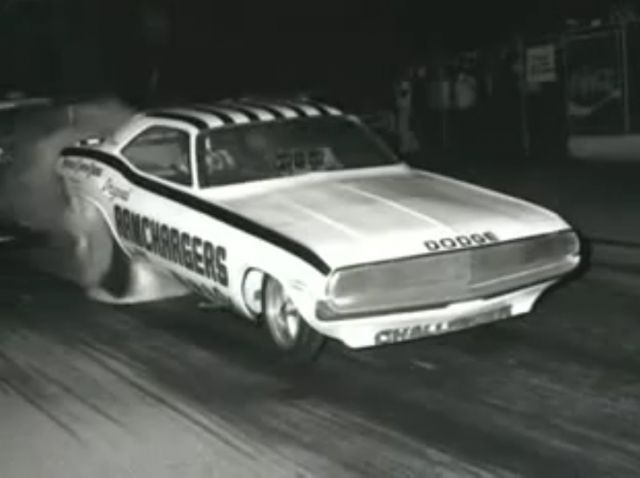 After the original Ramchargers got out of the drag racing scene, a whole new group of Chrysler young-guns carried the name on through the 1970s.
After the original Ramchargers got out of the drag racing scene, a whole new group of Chrysler young-guns carried the name on through the 1970s.Racing was quickly becoming a full time job for the Ramchargers, and the competition getting tougher with every passing year. In 1967, the team decided that it was time for them to either commit to full-time professional drag racing, or to focus on their jobs back at Chrysler. Finally, after almost 10 years of continually re-defining the sport of drag racing, the original Ramchargers handed off the torch to a new group that took the team name forward throughout the 1970s.
The Ramchargers is a name that will live on among the drag racing faithful for their dedication and hardwork in pushing drag racing further and faster – all while never quitting their day jobs.